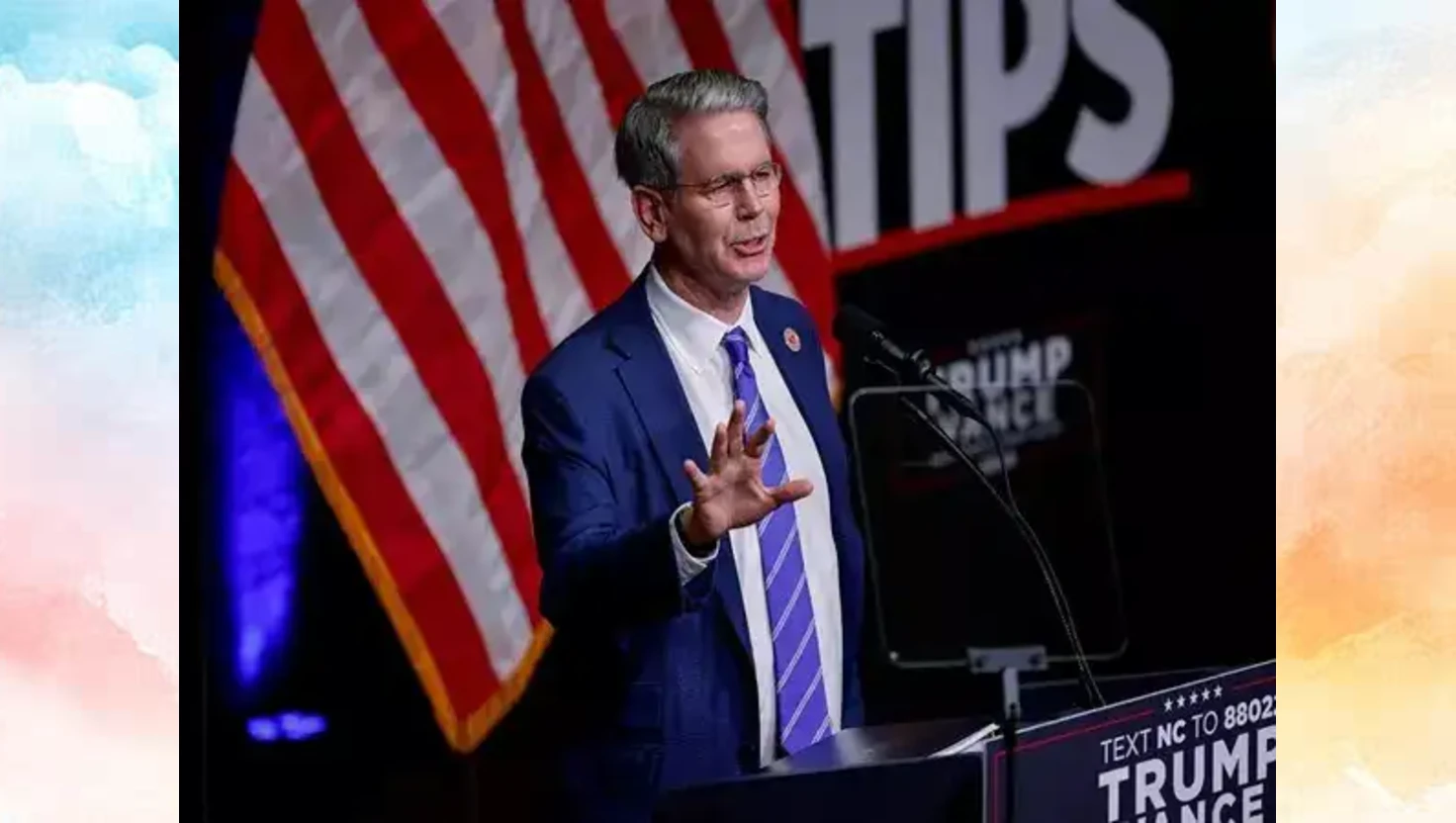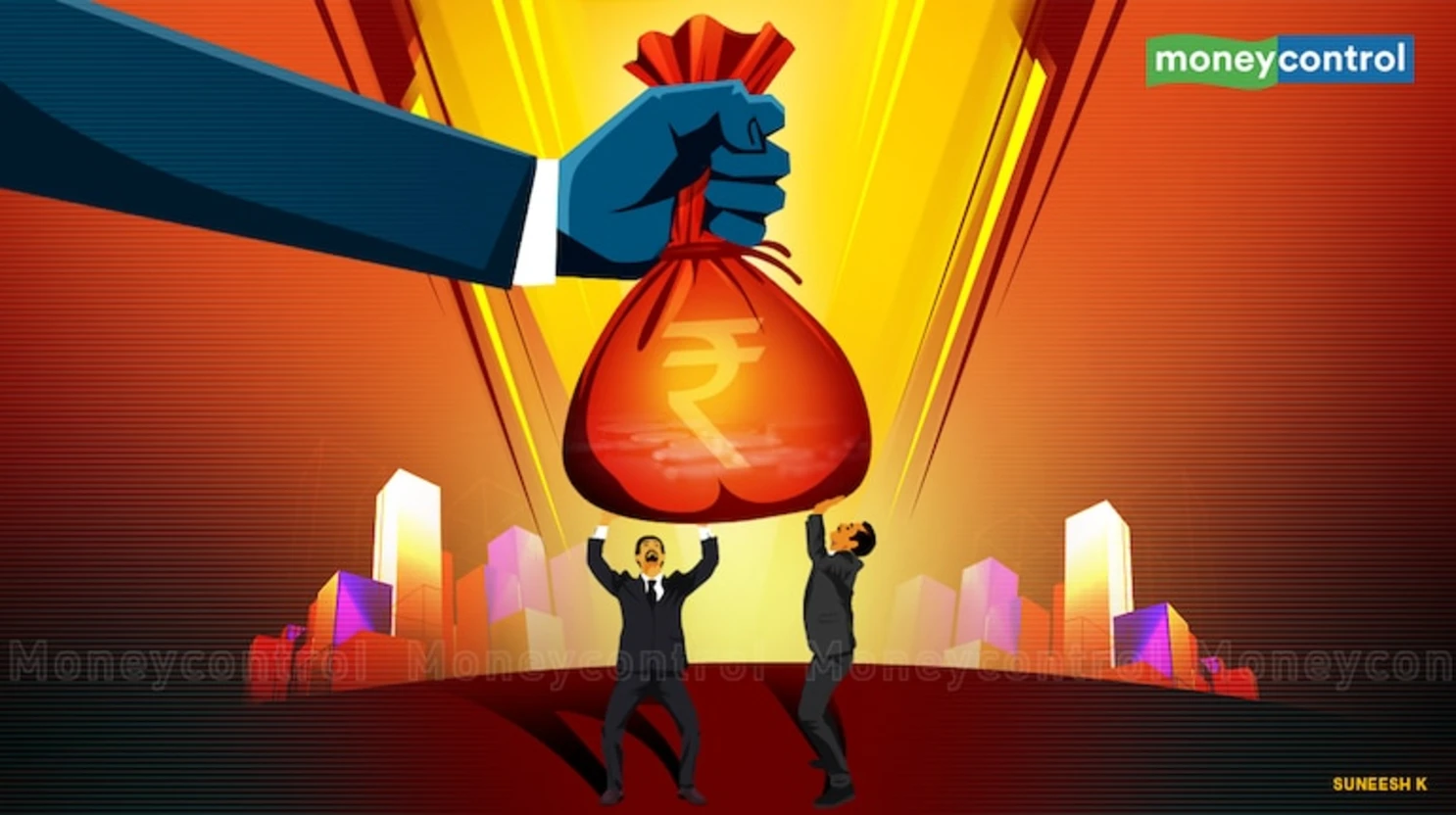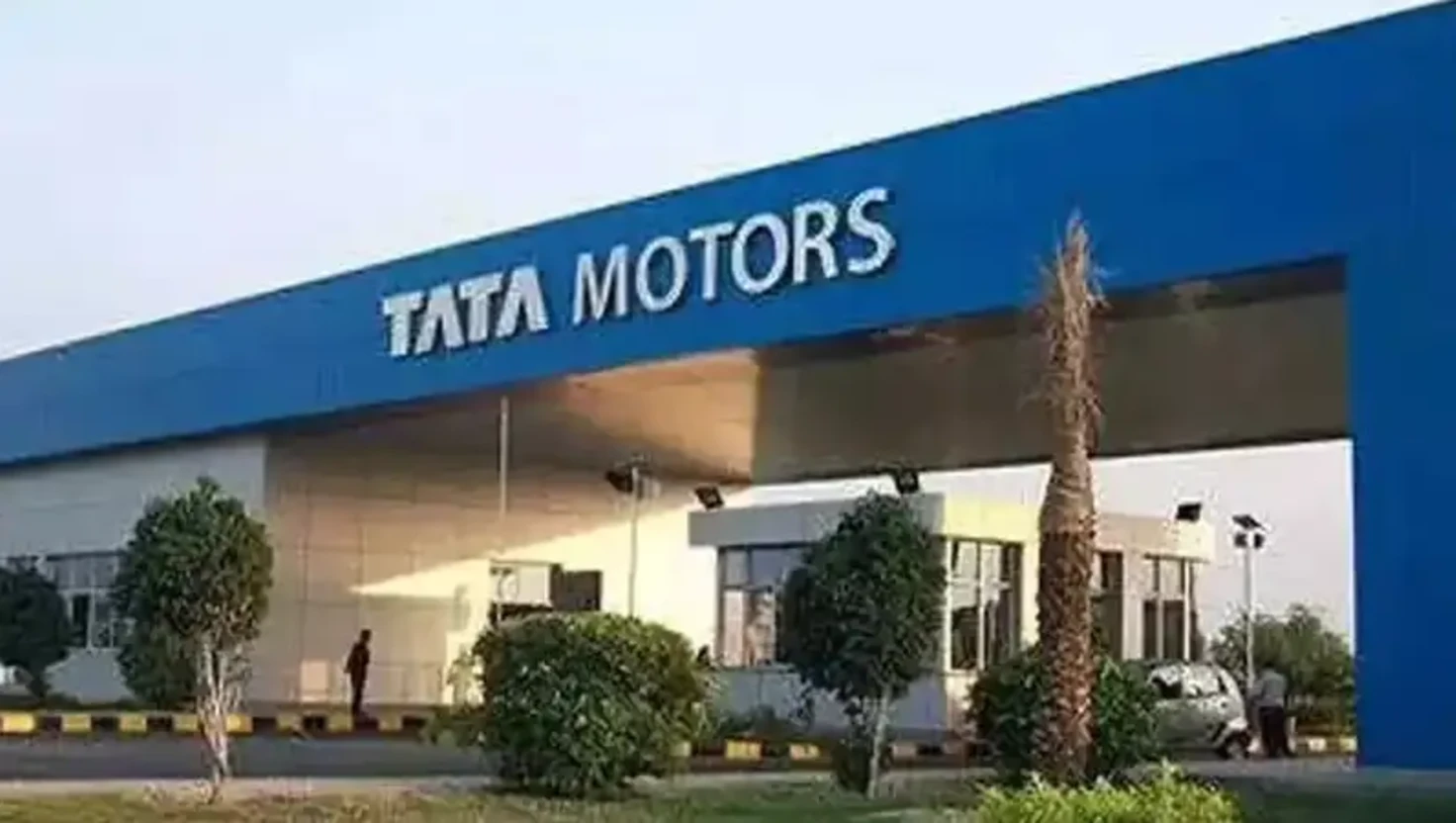India has not been great global actor, says US Treasury Secretary

India has not been great global actor, says US Treasury Secretary
The United States will impose a 25% tariff on Indian imports from 1 August amid stalled trade talks and concerns over India’s ties with Russia.
US Criticises India’s Trade Approach
Tensions between the United States and India have escalated following sharp criticism from top American officials over stalled trade negotiations and India’s energy relations with Russia. In an interview with US broadcaster CNBC, Treasury Secretary Scott Bessent accused India of “slow-rolling” talks on a bilateral trade agreement, describing the entire US trade team as “very frustrated”.
“India came to the table early, they have been slow rolling things. The President and the whole trade team are a bit frustrated with them,” Bessent said.
His remarks came a day after US President Donald Trump formally announced a 25% tariff on Indian imports, coupled with an additional penalty in response to India’s continued purchase and resale of Russian oil. The tariff will take effect on 1 August.
The new measures, part of a broader executive order on reciprocal tariffs signed by President Trump in April 2025, mark a significant downturn in India–US trade relations, which had shown signs of progress earlier this year.
Concerns Over Russian Oil and BRICS Alignment
Beyond trade issues, US officials have expressed concern over India’s growing energy ties with Russia. Bessent claimed that India, one of the largest buyers of Russian oil, has been re-exporting refined products made from Russian crude—raising alarm in Washington amid ongoing Western sanctions against Moscow.
“They have not been a great global actor,” Bessent told CNBC, referencing India’s role in global energy markets and broader geopolitical alignments.
President Trump echoed similar sentiments during a press conference at the White House, where he criticised India’s continued participation in BRICS, a group of emerging economies that includes Brazil, Russia, India, China and South Africa. Trump characterised the alliance as “anti-United States” and alleged that it posed a threat to the US dollar.
India’s Response and Tariff Impact Assessment
In response to the announcement, Indian Commerce and Industry Minister Piyush Goyal told Parliament that the government is evaluating the impact of the US decision and will take “all necessary steps” to protect the country’s interests.
“The Government gives utmost priority to safeguarding the welfare of farmers, labourers, entrepreneurs, industrialists, exporters, and MSMEs,” Goyal said. “We are confident in continuing our path of inclusive and consistent development.”
He added that the Ministry is consulting with industry stakeholders to assess the implications of the new tariffs.
Trade Talks Under Strain
India and the United States had launched discussions for a Bilateral Trade Agreement (BTA) in March 2025. The initial aim was to finalise the first phase of the agreement by late 2025. However, according to US officials, progress has been uneven, particularly over sensitive sectors such as agriculture and dairy, which India has been reluctant to open to foreign competition.
At a press briefing, President Trump expressed disappointment at the lack of movement on trade, saying, “India was the highest, or just about the highest, tariff nation in the world... They had 175% [tariffs] and higher than that.”
The current measures are being introduced under a revised framework for reciprocal tariffs announced earlier this year. A baseline 10% tariff has already been in place since April 2025, and the full 25% rate, including penalties, is now due to be enforced.
Context: Strategic and Economic Implications
The trade dispute comes at a time of growing economic cooperation between New Delhi and Washington, but also mounting geopolitical divergence. India, traditionally a non-aligned nation, has sought to maintain economic and energy ties with both Western countries and Russia, a strategy that has drawn criticism from the United States and its allies amid the ongoing war in Ukraine.
India’s involvement in BRICS has also been viewed with concern in Washington, particularly in light of efforts by the bloc to reduce dependence on the US dollar in global trade.
Despite these tensions, the two countries have strong commercial ties. The United States is one of India’s largest trading partners, and both sides had previously expressed a shared interest in expanding trade and investment under a rules-based framework.
India’s Economic Outlook
Minister Goyal noted that India’s economy has made significant strides in recent years, rising from the 11th to the 5th largest globally. The government has set an ambitious goal of becoming a “developed nation” by 2047, a vision referred to domestically as Viksit Bharat.
“Today, global institutions and economists see India as a bright spot in the global economy,” Goyal said.
Whether the upcoming tariffs derail the broader strategic partnership between the two democracies remains to be seen. For now, the White House insists that the “next move” in the negotiations lies with India.
Tensions between the United States and India have escalated following sharp criticism from top American officials over stalled trade negotiations and India’s energy relations with Russia. In an interview with US broadcaster CNBC, Treasury Secretary Scott Bessent accused India of “slow-rolling” talks on a bilateral trade agreement, describing the entire US trade team as “very frustrated”.
“India came to the table early, they have been slow rolling things. The President and the whole trade team are a bit frustrated with them,” Bessent said.
His remarks came a day after US President Donald Trump formally announced a 25% tariff on Indian imports, coupled with an additional penalty in response to India’s continued purchase and resale of Russian oil. The tariff will take effect on 1 August.
The new measures, part of a broader executive order on reciprocal tariffs signed by President Trump in April 2025, mark a significant downturn in India–US trade relations, which had shown signs of progress earlier this year.
Concerns Over Russian Oil and BRICS Alignment
Beyond trade issues, US officials have expressed concern over India’s growing energy ties with Russia. Bessent claimed that India, one of the largest buyers of Russian oil, has been re-exporting refined products made from Russian crude—raising alarm in Washington amid ongoing Western sanctions against Moscow.
“They have not been a great global actor,” Bessent told CNBC, referencing India’s role in global energy markets and broader geopolitical alignments.
President Trump echoed similar sentiments during a press conference at the White House, where he criticised India’s continued participation in BRICS, a group of emerging economies that includes Brazil, Russia, India, China and South Africa. Trump characterised the alliance as “anti-United States” and alleged that it posed a threat to the US dollar.
India’s Response and Tariff Impact Assessment
In response to the announcement, Indian Commerce and Industry Minister Piyush Goyal told Parliament that the government is evaluating the impact of the US decision and will take “all necessary steps” to protect the country’s interests.
“The Government gives utmost priority to safeguarding the welfare of farmers, labourers, entrepreneurs, industrialists, exporters, and MSMEs,” Goyal said. “We are confident in continuing our path of inclusive and consistent development.”
He added that the Ministry is consulting with industry stakeholders to assess the implications of the new tariffs.
Trade Talks Under Strain
India and the United States had launched discussions for a Bilateral Trade Agreement (BTA) in March 2025. The initial aim was to finalise the first phase of the agreement by late 2025. However, according to US officials, progress has been uneven, particularly over sensitive sectors such as agriculture and dairy, which India has been reluctant to open to foreign competition.
At a press briefing, President Trump expressed disappointment at the lack of movement on trade, saying, “India was the highest, or just about the highest, tariff nation in the world... They had 175% [tariffs] and higher than that.”
The current measures are being introduced under a revised framework for reciprocal tariffs announced earlier this year. A baseline 10% tariff has already been in place since April 2025, and the full 25% rate, including penalties, is now due to be enforced.
Context: Strategic and Economic Implications
The trade dispute comes at a time of growing economic cooperation between New Delhi and Washington, but also mounting geopolitical divergence. India, traditionally a non-aligned nation, has sought to maintain economic and energy ties with both Western countries and Russia, a strategy that has drawn criticism from the United States and its allies amid the ongoing war in Ukraine.
India’s involvement in BRICS has also been viewed with concern in Washington, particularly in light of efforts by the bloc to reduce dependence on the US dollar in global trade.
Despite these tensions, the two countries have strong commercial ties. The United States is one of India’s largest trading partners, and both sides had previously expressed a shared interest in expanding trade and investment under a rules-based framework.
India’s Economic Outlook
Minister Goyal noted that India’s economy has made significant strides in recent years, rising from the 11th to the 5th largest globally. The government has set an ambitious goal of becoming a “developed nation” by 2047, a vision referred to domestically as Viksit Bharat.
“Today, global institutions and economists see India as a bright spot in the global economy,” Goyal said.
Whether the upcoming tariffs derail the broader strategic partnership between the two democracies remains to be seen. For now, the White House insists that the “next move” in the negotiations lies with India.

India 'studying' US President Trump's 25% tariff threat
India's government vows to protect national interests following US President Trump's announcement of new tariffs on Indian goods.
| 2025-07-31

Chile Upgrades Tsunami Warning To The Highest Level After Russian Earthquake
An 8.8 magnitude earthquake off Russia's coast prompts tsunami warnings in South America, Hawaii, and Japan, leading to widespread evacuations.
| 2025-07-31

W Health Ventures Unveils $70 Million Fund II to Ignite Healthcare Startups
W Health Ventures launches a $70 million fund to foster healthcare innovation in India, focusing on building companies from scratch.
| 2025-07-31

Tata Motors Targets $4.5 Billion Acquisition of Iveco Truck Division
Tata Motors is set to acquire Italian truck manufacturer Iveco for $4.5 billion, marking a significant expansion for the automotive group.
| 2025-07-31

India's Team Changes for Fifth Test Against England at The Oval
India prepares for the decisive Test against England with key changes in the lineup. The match starts on July 31 at The Oval.
| 2025-07-31




